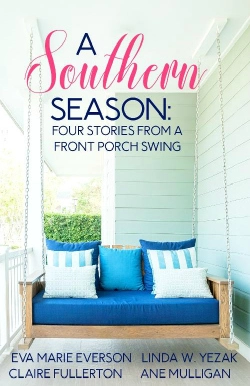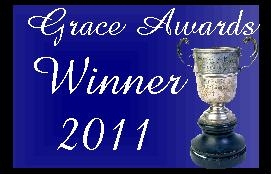In “Five Quick Steps Toward More Mature Writing,” I mentioned that ellipses, dashes, semicolons, colons, and italic are “specialty tools” to be used infrequently so as not to dilute their effectiveness. Certain sentence structures fall in the category of “specialty tools,” too. Short, choppy sentences have their purpose, as do long, run-on sentences. The one-line or one-word paragraph structure is a specialty tool. All these tools have a distinct purpose in writing, and when they’re used too often, they lose their effectiveness in that one moment when you really need them to shine.
Here are just a few of the other tools in our box:
Vocabulary: This tool comes in all shapes and sizes, and is the one thing we as authors can not do without. We need to be adding to our supply on a regular basis–particularly when it comes to strong verbs. Always be in search of better ways to express what you’re trying to depict.
Figurative Language: Similes, metaphors, hyperbole, idioms, personification. Explore these and remind yourself of what they mean and how to use them. You don’t want to use them too frequently, but you do want to incorporate them into your work. They can be used to add voice to your character, to more dramatically illustrate emotion, to add a laugh or make a scene more poignant. There is an infinite amount of ways to use figurative language, and it can definitely elevate your writing. Play with it.
Sentence and Paragraph Structure: You can structure sentences and paragraphs to manipulate the way a scene is read. Fast, choppy sentences can illustrate haste, as can long, run-on sentences that have one- to two-syllable words and are void of punctuation. These structures, added to strong verbs, can amp the tension you’re trying to present.
Short and one-sentence paragraphs add white space to the page, so reading goes quickly. But combine short sentences with long paragraphs, and you’re depicting something else–despondency, for instance. Depression.
As I said above, some structures are “specialty” tools and shouldn’t be overused. In most of your narrative, you’ll want to vary sentence structure and paragraph length to increase the musicality of your writing and go easy on the “ear” of the reader. But in times of intense emotion, you can use structuring tools to compliment and amplify what you’re depicting.
These are just a few of the tools that are often overlooked. (Yes, even vocabulary is ignored. I’ve seen too often where authors prefer the use of adverbs over strong verbs.) They all go in the same toolbox as characterization techniques, description techniques, scene setting, POV choice, plot, subplot, theme–all the components of writing that we as authors need to learn and polish and improve upon with each new piece we write.
Elevate your writing by learning to use all the tools in your writer’s toolbox.



















Thank you for this helpful and valuable information!
LikeLike
Glad you found the post worthwhile, Janetta. Thanks!
LikeLike
Reblogged this on karen h richardson, author and commented:
Good thoughts…
LikeLike
Thank you!
LikeLike
If I wasn’t familiar with some of this, I my head would be swimming. There is a lot to remember, and yet, by reading, we can see how these tools are used and then play with them in our own writing. When it comes to the specialty tools, the old adage, “less is more”, certainly applies. I love to use the em dash, and during edits must prune all but very few. Most times, a coma works just as well, better even. Funny how we all have our own little quirks. Of course, the real trick is figuring out what is part of our writing style, and what is the overuse of items from our tool box. Your posts always help. Thanks, Linda.
LikeLike
I’m just as bad about the dash. I try to cut as many out as possible in my writing, but blog posts are fair game. Dashes, exclamation points — I use ’em all! 😀
LikeLike
Pingback: Writer’s Tools–Use ‘Em Right | 777 Peppermint Place | Odd Sock Proofreading & Copyediting